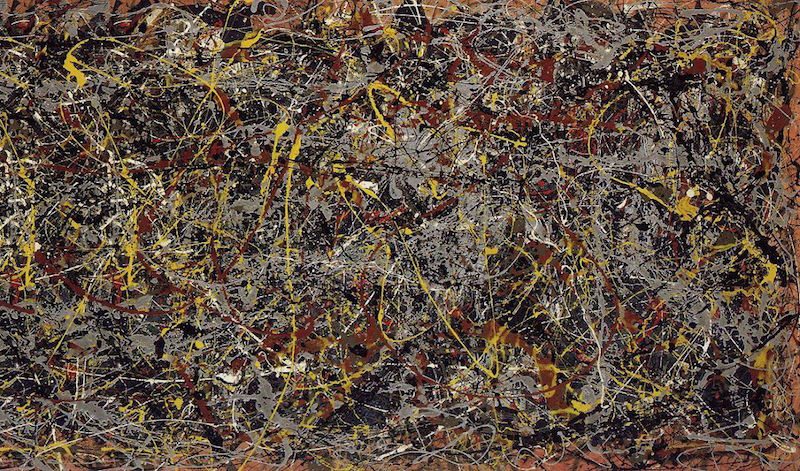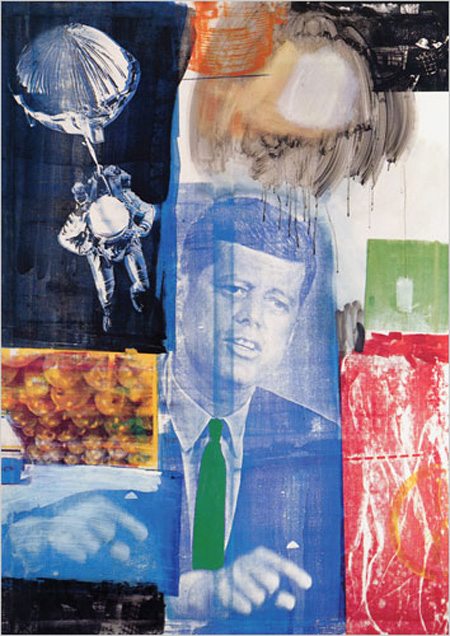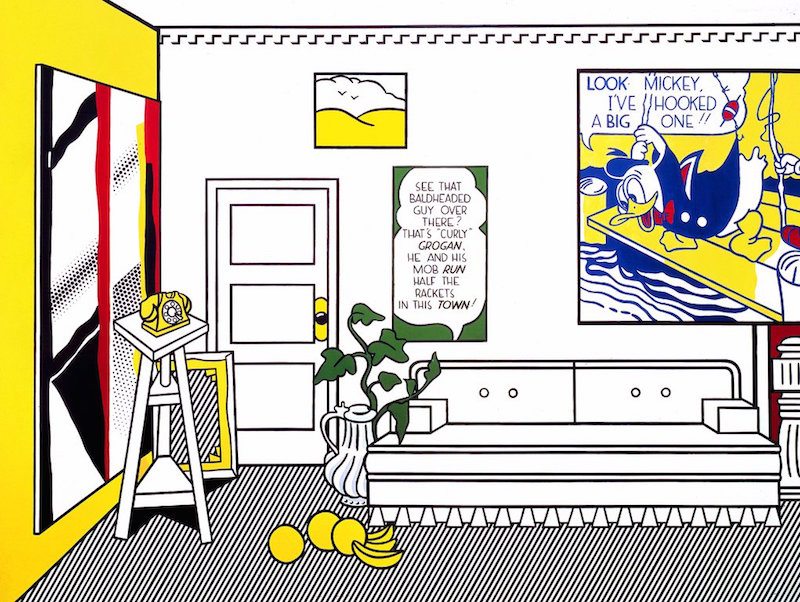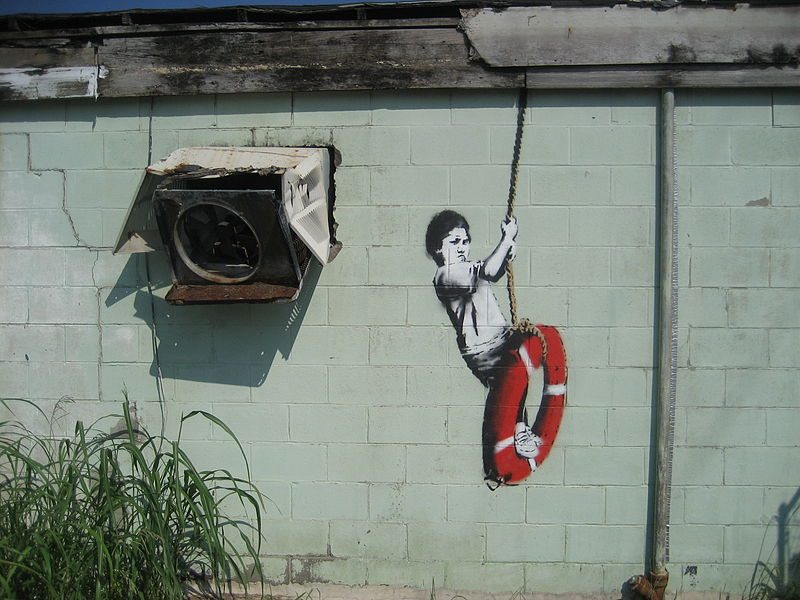Contemporary Art and Postmodern Art
Episode #10 of the course “Art Movements Throughout European History”
While modern art had emotionally detached from society, postmodern artists attempt to deeply connect with social issues in every way. With no definite distinction, the beginning of art’s movement into “postmodernism” and contemporary styles is gradual, but many distinguish the 1960s as a turning point. Continuing to the present day, postmodern and contemporary art attempts to express the concerns of postnuclear society and politics with global legacies like colonialism and commercialism.
 No. 5, Jackson Pollock
No. 5, Jackson Pollock
 Rectroactive II, Robert Rauschenberg
Rectroactive II, Robert Rauschenberg
Postmodern and contemporary art experiments with performance as art, collage, film, music, and text, which contemporary artists believe are central to self-expression and depiction of reality. For example, Andy Warhol’s six-hour film, Sleep, depicted a man in bed, asleep.
 Campbell’s Soup Cans, Andy Warhol
Campbell’s Soup Cans, Andy Warhol
Deconstructivist art (or “Deconstructivism”) in particular breaks down previous social assumptions and attempts to redefine and reclaim meaning through the use of new symbols and methods of expression. It is largely architectural, exemplified by the entrance to the Louvre museum in Paris designed by Im Pei. In deconstructing the meaning of art itself, postmodern artists blended and challenged distinctions between fine art, low art, and popular culture.
 Louvre Pyramid by Im Pei
Louvre Pyramid by Im Pei
Pop art is a modern art style that mixes of new types of art styles, such as comic book layout and graphics with bold colors and simple lines into pieces such as Roy Lichtenstein’s Artist Studio No 1. (Look Mickey!).

Contemporary artists are not concerned with impressing members of the Academy or approved authorities but rather in revoking many social conventions about art. Contemporary street artists produce their works believing that art does not belong only in museums but also on the streets with the people. That is why many of them, such as Banksy, operate under pseudonyms, because vandalizing public property is a crime.

Share with friends

